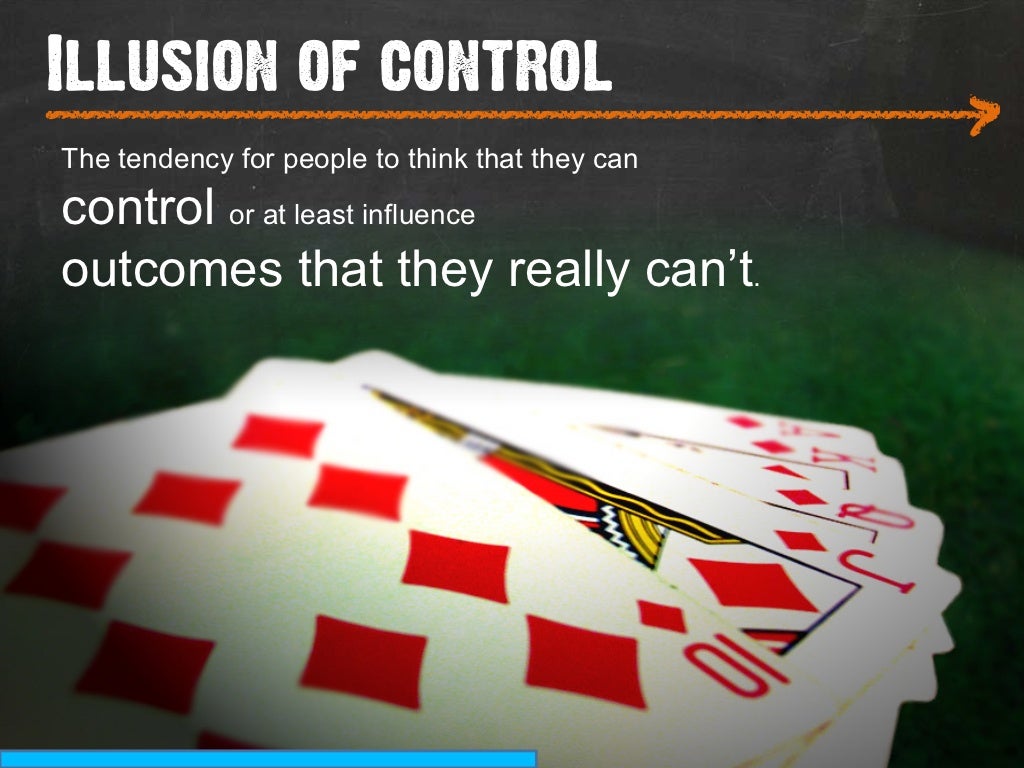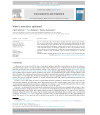

Further, we examined whether clinical risk scores were related to compliance with shelter-in-place orders, travel restrictions, and public health recommendations, as well as reported distress during the pandemic. Specifically, we calculated clinical risk scores for severe COVID-19 disease and compared them to individuals' own perceptions of their risk. In the present project, we sought to build on these findings by examining relationships among individuals' personal risk for severe COVID-19 disease, risk perceptions, and preventative behaviors in a large community cohort.

Others continue to attend large gatherings, despite findings that these events confer considerable risk of SARS-CoV-2 virus exposure ( Ebrahim and Memish, 2020 Majra et al., 2020 Sassano et al., 2020). For example, many people refuse to wear face coverings, even within healthcare facilities ( Lehmann and Lehmann, 2020). Although this serious and persistent threat remains, individuals' perceptions of risk and, consequently, their engagements in behaviors to avoid illness (e.g., wearing face coverings, social distancing, hygiene) have often not matched their own actual degree of risk of infection, morbidity, and mortality. The SARS-CoV-2 virus transmitted rapidly around the globe, resulting in millions of cases of COVID-19 disease. The spread of the SARS CoV-2 virus since late 2019 has generated a public health crisis, creating economic uncertainties ( Pak et al., 2020), interrupting well-established food supply chains ( Rizou et al., 2020), and ultimately resulting in large scale hospitalizations and deaths ( Meyerowitz-Katz and Merone, 2020 Reese et al., 2020 Weinberger et al., 2020). This may be especially true when individuals face novel sources (or scales) of risk, such as a global pandemic. While unrealistic optimism may provide some short-term psychological benefits, it could be dangerous due to improper assessment of hazardous situations inferring that optimism bias has evolutionary origins does not mean that unrealistic optimism is “optimal” in every situation. Additional behavioral data suggested that those with higher clinical risk scores did not generally behave differently than those with lower scores during the shelter-in-place order. Higher clinical risk also predicted more recent travel within Texas and lower distress during the pandemic (i.e., feeling less stressed, depressed, and helpless). While it is possible that those with higher clinical risk scores truly are less likely to become infected, the pattern and significance of these results held after controlling for possible occupational exposure, household size, and other factors related to infection probability. While those with high clinical risk acknowledged their greater likelihood of experiencing severe illness if infected, they actually reported lower perceived likelihood of becoming infected in the first place. Clinical risk scores for severe COVID-19 were calculated and compared with COVID-19 threat appraisal, compliance with shelter-in-place orders (March 13–May 22, 2020) and travel restrictions, compliance with public health recommendations, and potential covariates like self-rated knowledge about COVID-19 in a robust dataset including 492 participants from McLennan County, TX, USA. We predicted that those with higher risk of severe COVID-19 would exhibit unrealistic optimism and behave in ways inconsistent with their elevated risk of morbidity and mortality. The current project examined relationships among personal risk for severe COVID-19, risk perceptions, and preventative behaviors. However, just because optimism biases may have offered fitness advantages in our evolutionary past does not mean that they are always optimal.


Natural selection could favor overconfidence if its benefits, such as psychological resilience, outweigh its costs. Unrealistic optimism occurs when individuals falsely believe that their personal outcomes will be more favorable than others' in the same risk category. Risk perception and consequently engagement in behaviors to avoid illness often do not match actual risk of infection, morbidity, and mortality. 3Department of Computer Science, Baylor University, Waco, TX, United States.2Waco Family Medicine, Waco, TX, United States.1Department of Anthropology, Baylor University, Waco, TX, United States.


 0 kommentar(er)
0 kommentar(er)
